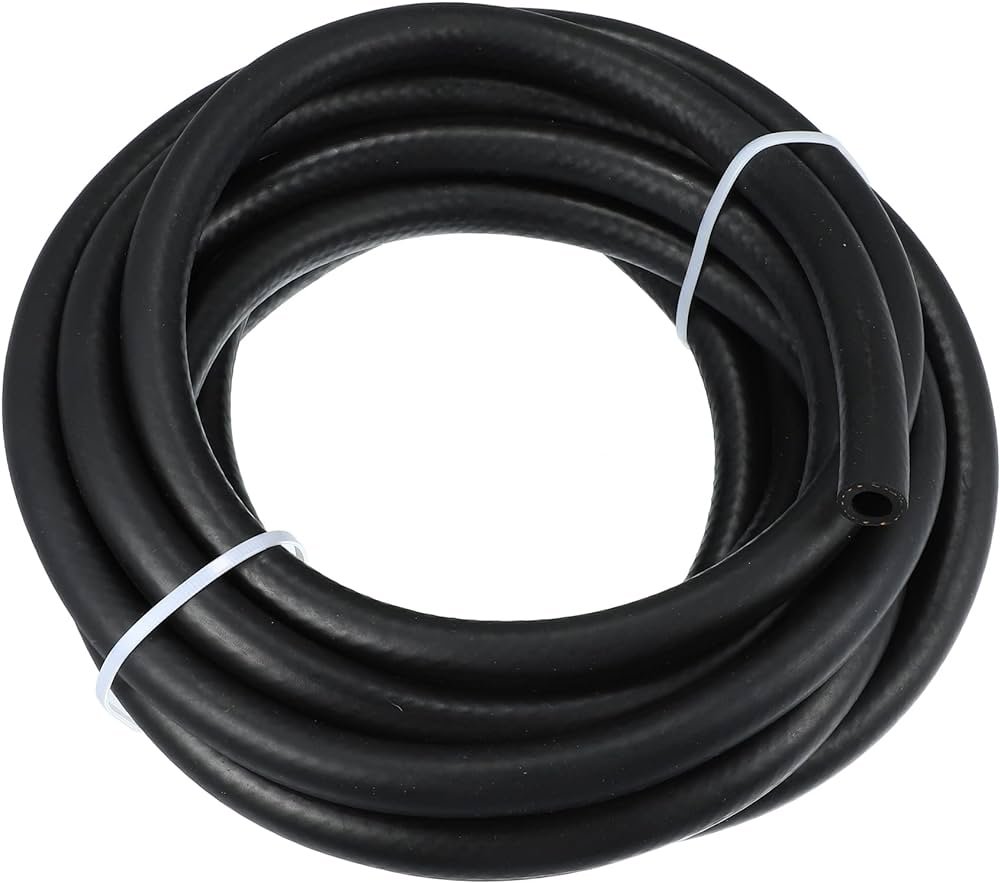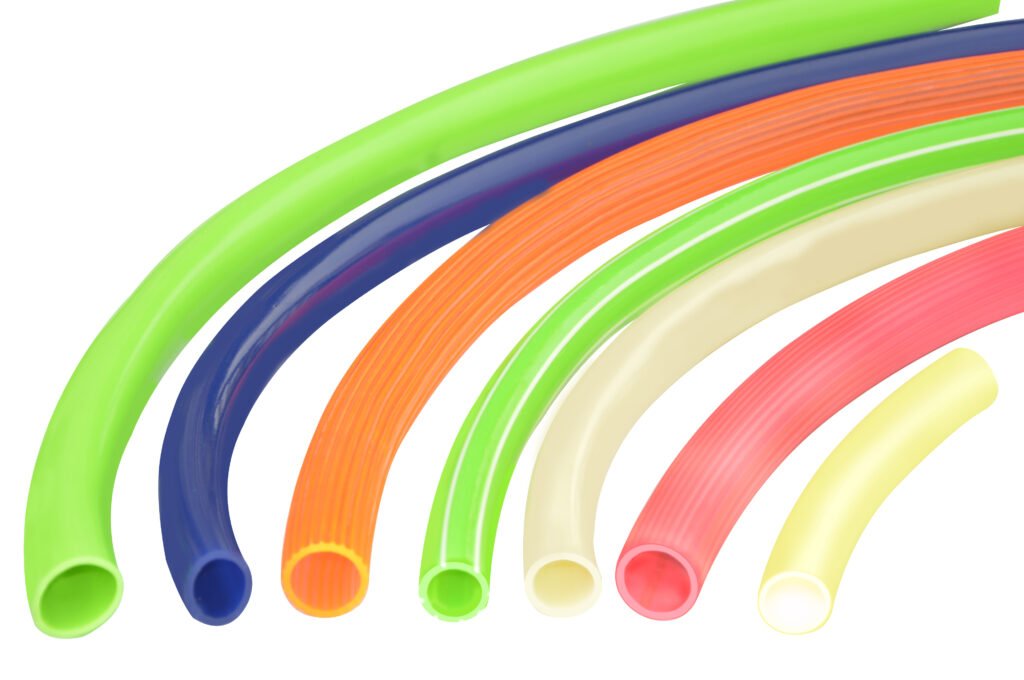
Introduction
In the realm of industrial applications, Flexible Tubing plays a pivotal role in facilitating fluid transfer, offering versatility, durability, and reliability. Whether it’s conveying liquids, gases, or even solids, flexible tubing serves as a vital component across various industries, including manufacturing, automotive, pharmaceuticals, and more. Understanding how to select, install, and maintain flexible tubing is crucial for ensuring optimal performance and safety within your operations.
Why Flexible Tubing Matters
Flexible tubing serves as the lifeline of many industrial processes, providing a conduit for fluids to flow efficiently from one point to another. Its flexibility allows for easy manoeuvrability, enabling it to navigate through tight spaces and around obstacles with ease. Moreover, its ability to withstand a wide range of temperatures, pressures, and environmental conditions makes it indispensable in diverse settings.
Factors to Consider When Selecting Flexible Tubing
Choosing the appropriate flexible tubing for your application requires careful consideration of several factors:
Material Compatibility
Ensure that the tubing material is compatible with the fluid being transported to prevent degradation or contamination. Different materials such as PVC, polyurethane, silicone, and rubber offer varying levels of chemical resistance and durability.
Temperature and Pressure Ratings
Select tubing with temperature and pressure ratings suitable for your operating conditions to prevent failures and ensure longevity. Consider both the maximum and minimum temperatures the tubing will be exposed to, as well as the pressure requirements of your system.

Flexibility and Bend Radius
Assess the flexibility and bend radius of the tubing to ensure it can navigate the layout of your system without kinking or collapsing. Flexible tubing with a smaller bend radius provides greater flexibility, allowing for tighter turns and easier installation.
Chemical Resistance
If the application involves exposure to chemicals or solvents, opt for tubing with excellent chemical resistance to avoid corrosion or deterioration. Consult chemical compatibility charts to ensure the chosen tubing material can withstand exposure to specific substances.
Size and Diameter
choose tubing with the appropriate size and diameter to accommodate the flow rate and volume requirements of your system. Undersized tubing can lead to restricted flow and increased pressure drop, while oversized tubing may result in inefficiencies and excess material costs.
Selecting the Right Flexible Tubing
Choosing the appropriate flexible tubing for your application requires careful consideration of several factors:
Material Compatibility
Ensure that the tubing material is compatible with the fluid being transported to prevent degradation or contamination.
Temperature and Pressure Ratings
Select tubing with temperature and pressure ratings suitable for your operating conditions to prevent failures and ensure longevity.

Flexibility and Bend Radius
Assess the flexibility and bend radius of the tubing to ensure it can navigate the layout of your system without kinking or collapsing.
Chemical Resistance
If the application involves exposure to chemicals or solvents, opt for tubing with excellent chemical resistance to avoid corrosion or deterioration.
Size and Diameter
Choose tubing with the appropriate size and diameter to accommodate the flow rate and volume requirements of your system.
Installation Process
Proper installation is essential for maximising the performance and lifespan of flexible tubing. Follow these steps for a successful installation:
Preparation
Ensure the work area is clean and free of debris.Gather all necessary tools and equipment, including tubing cutters, fittings, and lubricants.
Measurement and Cutting
Measure the required length of tubing, accounting for any bends or connections.Use a sharp tubing cutter to make a clean, square cut, ensuring a proper seal.
Fitting Installation
Lubricate the fittings and tubing ends to ease assembly.
Insert the tubing into the fittings, ensuring a snug and secure fit.
Tighten the fittings according to manufacturer specifications, using proper tools to avoid over-tightening.
Testing
Conduct a pressure test to check for leaks or weak points in the installation.
Verify that the tubing can withstand the intended operating conditions without failure.
Maintenance and Care
To prolong the life of flexible tubing and maintain optimal performance, adhere to the following maintenance practices:
Regularly inspect tubing for signs of wear, damage, or degradation.
Clean tubing and fittings as needed to remove debris or contaminants.
Replace tubing that shows signs of deterioration or loss of flexibility.
Follow manufacturer guidelines for storing, handling, and transporting flexible tubing.

Conclusion
Flexible tubing serves as a versatile and reliable solution for fluid transfer in various industrial applications. By understanding how to select, install, and maintain flexible tubing effectively, you can ensure smooth operations, minimise downtime, and enhance overall productivity. Invest time and effort in choosing the right tubing for your needs, follow proper installation procedures, and implement routine maintenance practices to maximise the lifespan and performance of your flexible tubing system. With careful attention to detail and adherence to best practices, flexible tubing can continue to serve as a vital component in your operations for years to come with PetronThermoplast
FAQs (Frequently Asked Questions) About Flexible Tubing
Q1. What is flexible tubing, and how is it used?
Ans.Flexible tubing is a type of tubing that can bend and flex without breaking, making it ideal for applications where rigid pipes are impractical. It is commonly used to transport fluids such as liquids, gases, and even solids in various industrial settings. Flexible tubing is utilised in industries such as manufacturing, automotive, pharmaceuticals, and more.
Q2. What are the benefits of using flexible tubing?
Ans.Flexible tubing offers several advantages, including ease of installation, versatility, and durability. Its flexibility allows for easy manoeuvrability around obstacles and tight spaces, reducing the need for complex piping systems. Additionally, flexible tubing can withstand a wide range of temperatures, pressures, and environmental conditions, making it suitable for diverse applications.
Q3. How do I select the right flexible tubing for my application?
Ans.When selecting flexible tubing, consider factors such as material compatibility, temperature and pressure ratings, flexibility, bend radius, and chemical resistance. Assessing these factors will ensure that the tubing chosen is suitable for the specific requirements of your application, minimising the risk of failures or inefficiencies.
Q4. What materials are commonly used in flexible tubing?
Ans.Flexible tubing is available in various materials, including PVC, polyurethane, silicone, rubber, and more. Each material offers different properties such as chemical resistance, flexibility, and temperature tolerance. It is essential to choose a tubing material that is compatible with the fluid being transported and can withstand the operating conditions of your system.
Q5. How do I install flexible tubing properly?
Ans.Proper installation of flexible tubing involves careful measurement, cutting, and fitting assembly. Begin by preparing the work area and gathering the necessary tools and equipment. Measure and cut the tubing to the required length, ensuring clean, square cuts. Lubricate the fittings and tubing ends before assembly, and tighten the fittings according to manufacturer specifications. Conduct a pressure test to check for leaks or weak points in the installation.
You may also like – The Key Aspects Of Quality Machined Components
Follow us on – Facebook , Linkedin

